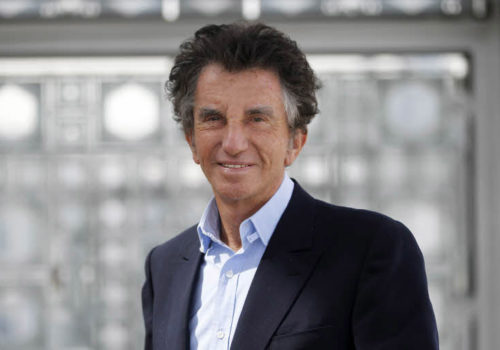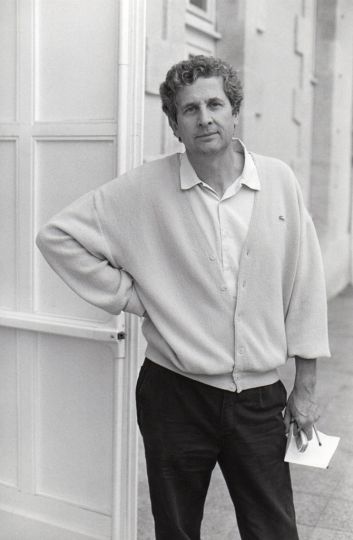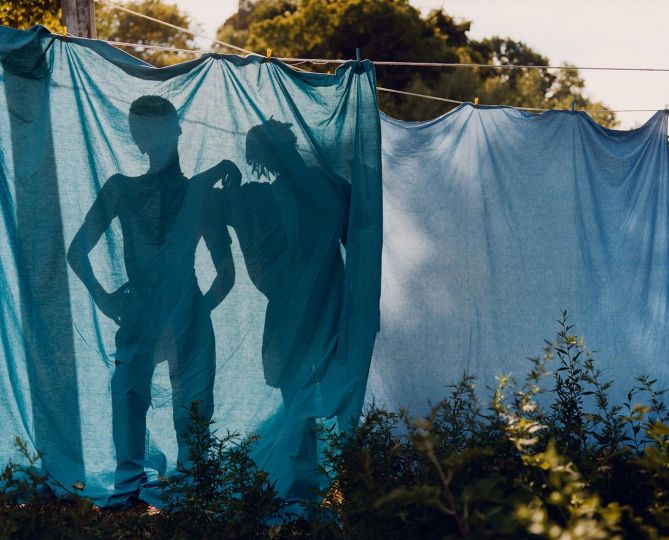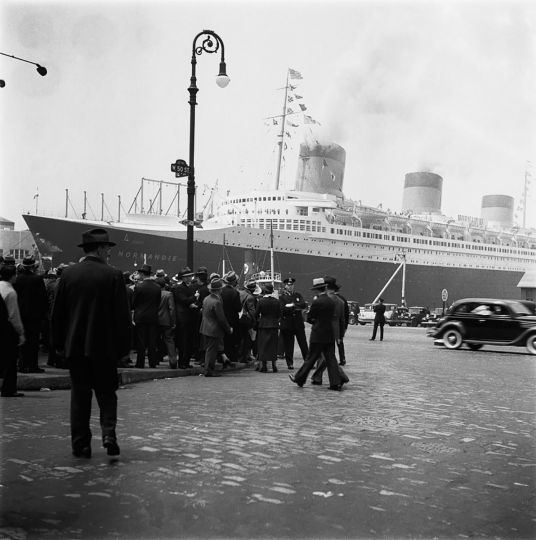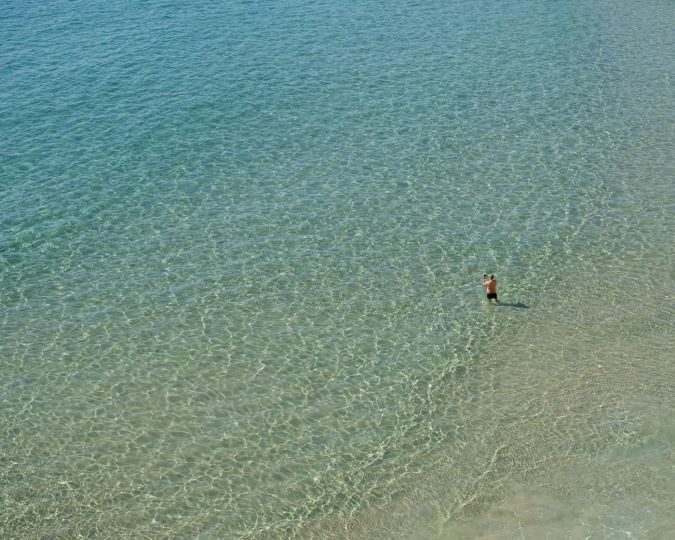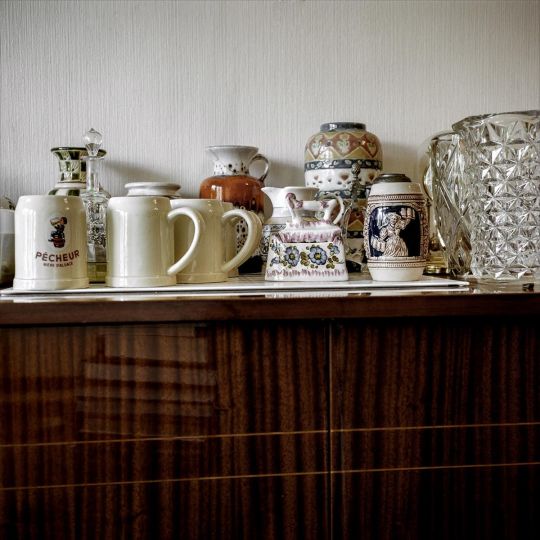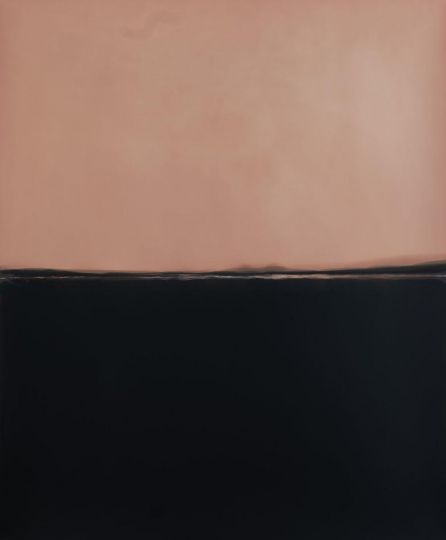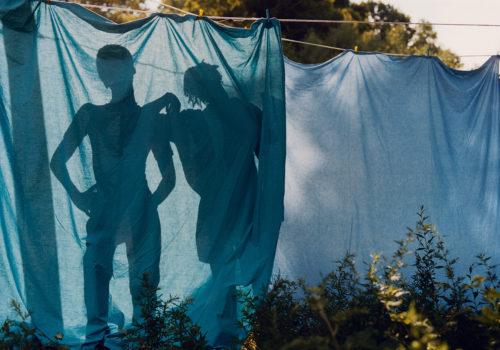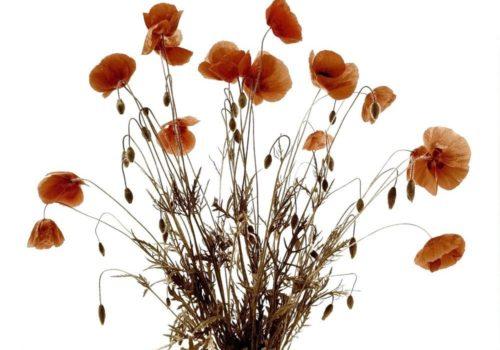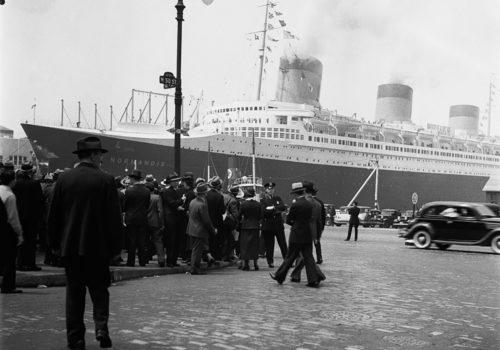The institut du Monde Arabe is hosting the first Biennial of Arab Photography. It is being held on both banks of the River Seine.
A meeting with President Jack Lang, an avid admirer of photography and contemporary art, who shows his willingness to share his various writings and his impressions of the relevance of such a biennial at a time when Paris, shaken to its core by barbarity, could, wrongly, turn in on itself to heal its wounds.
How long have you had the idea of a biennial of contemporary Arab photography running around in your head? And how, why was this biennial born?
Running around in my head, the expression is just right. It’s an idea that crossed my mind 2 or 3 years ago, partly by chance. My participation in the contemporary art fairs in Dubai, Doha, Abu Dhabi, in Lebanon, in Morocco let me glimpse the extraordinary proliferation of photographs linked to the Arab world… be they by Arab photographers living in the Arab world or not, be they westerners who pass on their vision, their view of the Arab world.
So, I asked myself at that moment, what was the role of the IMA (Institut du Monde Arabe): a bridge between the Arab world and the other worlds, and our mission is to act when others do not. Now, even if photography is far from absent from museums and other institutions, there has never been, to the best of my knowledge, except in Houston in the USA, an event that, every two years, shines a light on photographers of the Arab world in connection with imaginary or real life (since it’s art photography not reportage). Besides, recently we had an exhibition of photojournalism that was very interesting but was totally different in nature.
I always think that contemporary art should be present in all our exhibitions and when we organised the exhibition about the pilgrimage to Mecca, we showed some contemporary works, mainly Saudi, that suggested a continuation of the journey towards Mecca, in particular with the remarkable photographic work of an artist from Jeddah, photographs of the Ka’aba. And in Morocco I visited galleries in Marrakesh, Rabat or Casablanca where I found a real engagement with photography. I was also very impressed by some Iraqi artists I met through friends of friends.
In the current context, the tragic events and the identity crises that we are living through, can Arab photography be a response, an aid to the global understanding of the Arab world?
I think, on the whole, that it is art and culture, that constitute the best weapons to drive back ignorance, stupidity, fanaticism. It can be music, cinema, art exhibitions, theatre, literature. Photography with its direct hold on reality can, in effect, transform, show a face closer to real life, even if it changes that which it’s seeking to capture. You’ll see for yourself, I think that this multitude of glances onto the beauties of the Arab world, its elegance, but also its sufferings, its way of life, in short, life in its complexity. This is what will strike the visitors: the Arab world moves, lives, breathes, and isn’t in the same category as the criminals, who in any case don’t represent the Arab world and even less Islam. It’s a monstrous deviance, which comes under teratology, the science of monsters, totally foreign to a philosophy of peace, enlightenment, respect and tolerance. Every artistic event is a response. We don’t seek to place ourselves as preachers or teachers, but to contribute to the pushing back the barbarism and the savagery.
We know the work of artists such as Yousesf Nabil, Shirin Neshrat, Zineb Sedira or even Ito Barrada to name but a few. Did the Arab Spring produce anything new? Did it create any new works?
I think so. New generations have sprung up. It’s certain that in Egypt, Morocco and Tunisia there is an often-suppressed youth movement that continues to inspire artists, creators. In parallel a new generation of collectors has appeared, sometimes speculation has seized control of the market and prejudiced the rehabilitation of photography.
Basically, why create a specific biennial just for this photography? What is so specific about it? How are its issues so different? By doing this, isn’t there a risk of isolating its artists?
The institut du Monde Arabe benefits from a growing influence, it isn’t a ghetto, it’s not locked up, quite the reverse, it brings the artists into the light, puts them in perspective. Besides, they are not only Arab photographers, but there are also photographers from other countries. On the contrary, it is the dialogues, multiple dialogues taking place there, unfolding between people from different backgrounds and cultures, Arab and non-Arab.
EVENT
Biennale of Contemporary Arab World Photography
From November 11th 2015 to January 17th, 2016
Paris, France
http://biennalephotomondearabe.com
Picto Lab is partner of event www.picto.fr

